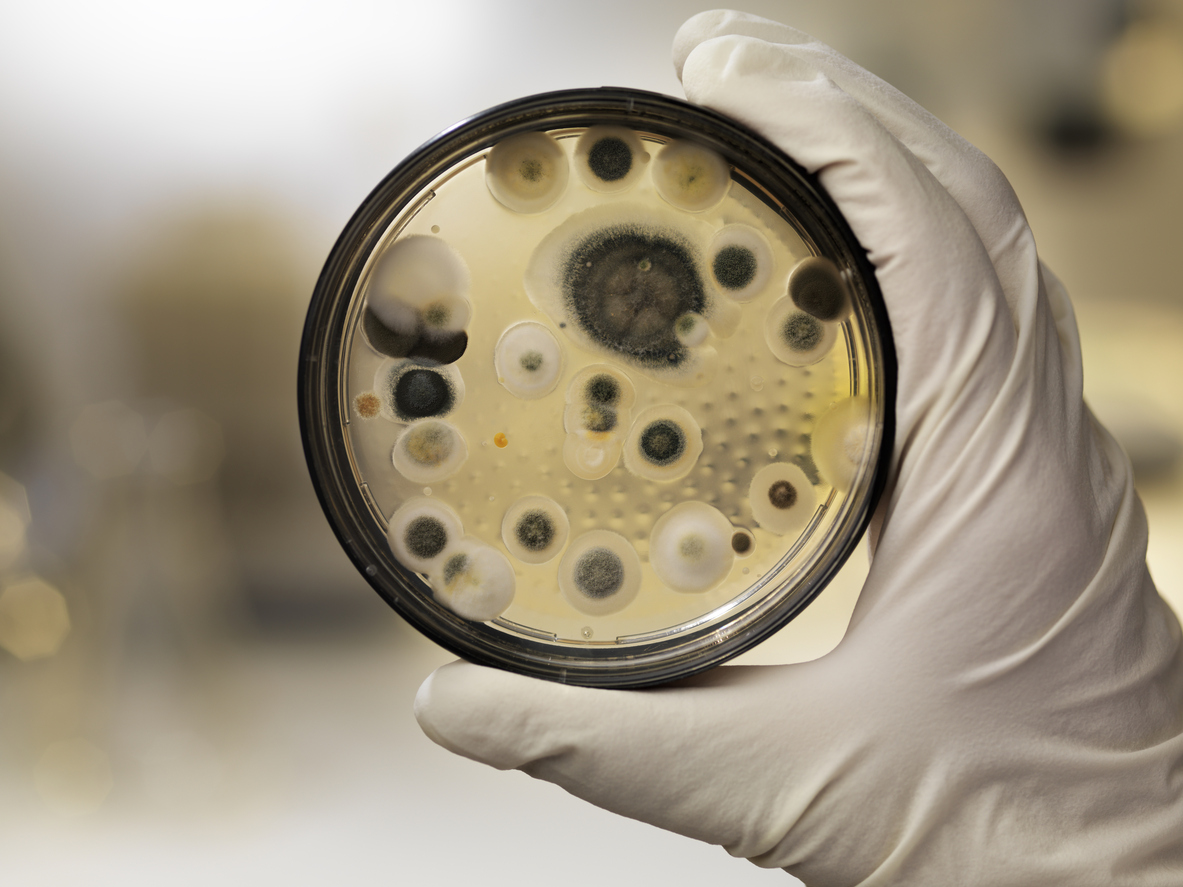
The key to preventing damage by moisture is to understand how water vapor interacts with building materials. Building materials absorb airborne water vapor and, if the material is cold enough to be below dew point, condensation occurs. We don’t want either condensation or absorption to occur, so there are two principles to adhere to avoid water damage, mold and mildew.
Don’t Allow Humid Air Near Cold Surfaces
If you are dealing with moisture damage, work out which of your surfaces are cold and where the humid air is coming from. For example, vented crawlspaces will contain humid air. If the floor above is cooled enough by the air conditioner in summer, condensation will occur. Once you have identified the problem (as in the example above), there is much you can do to remediate it. You can get rid of the humid air by removing crawlspace vents. You can insulate the floor to ensure the cold air from the space above will not cause condensation.
Surfaces in Contact with Humid Air should be Warm
Of course, there will be surfaces in the home that are in contact with humid air. Where these occur, ensure that they are warm and never drop below dew point. Insulate walls and floors correctly so outside humid summer air is not in contact with cooler indoor temperatures.
Keep things Dry
Keeping moisture vapour out of the house will help to prevent issues. Ensure that flashing is correctly installed and that gutters are free of debris. Prevent condensation on windows (a very common problem) by following the tips here.
